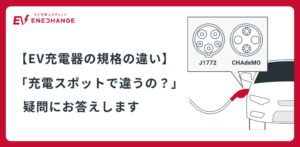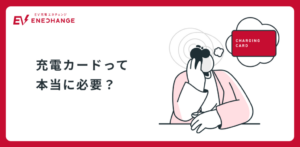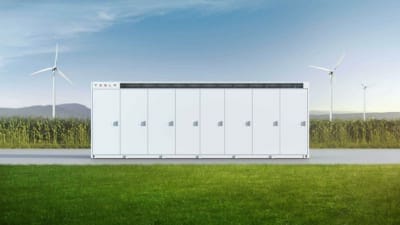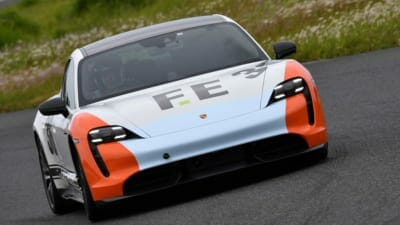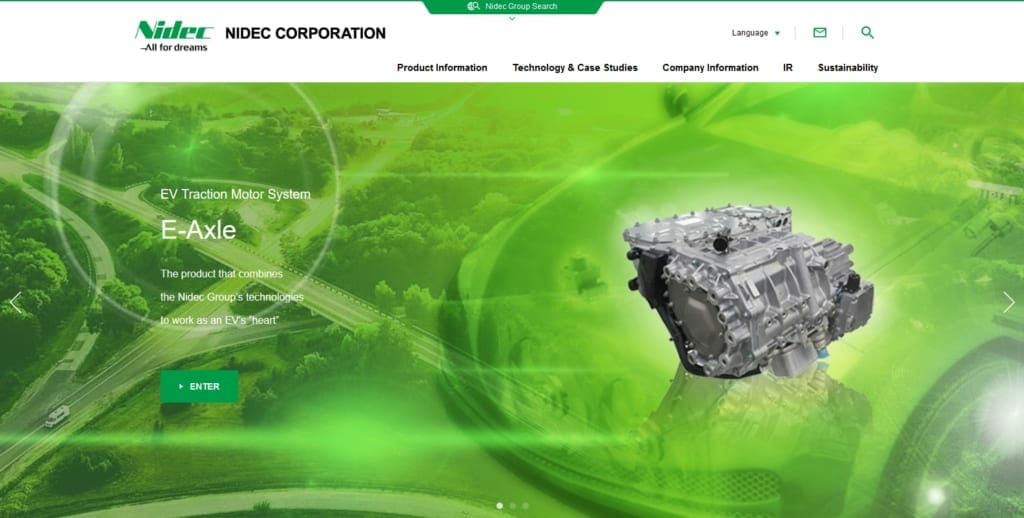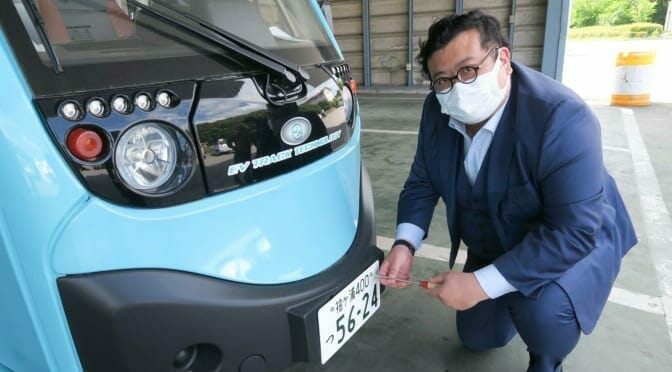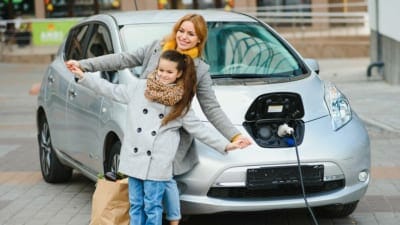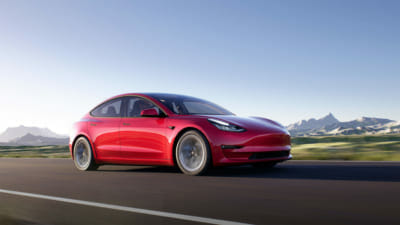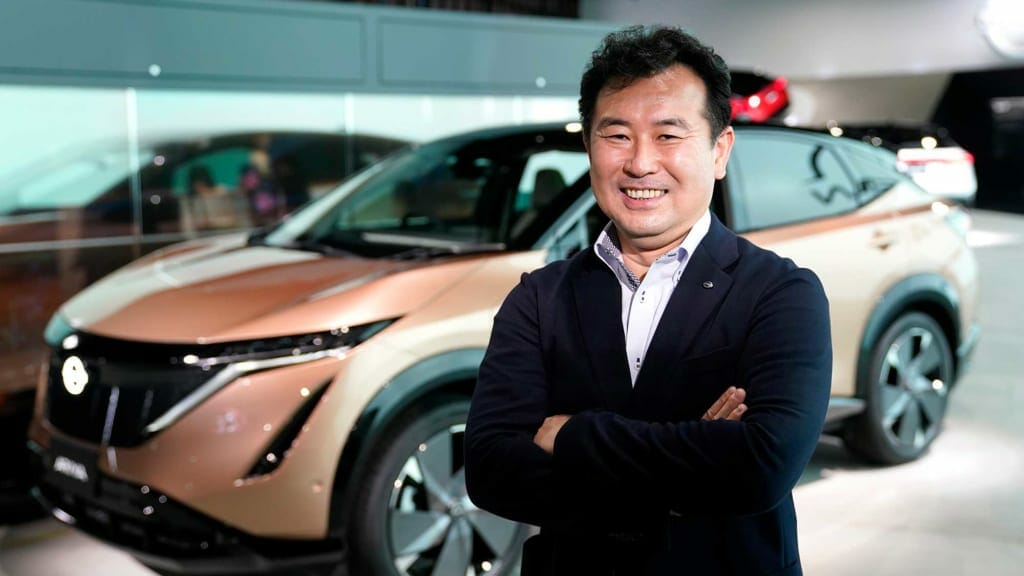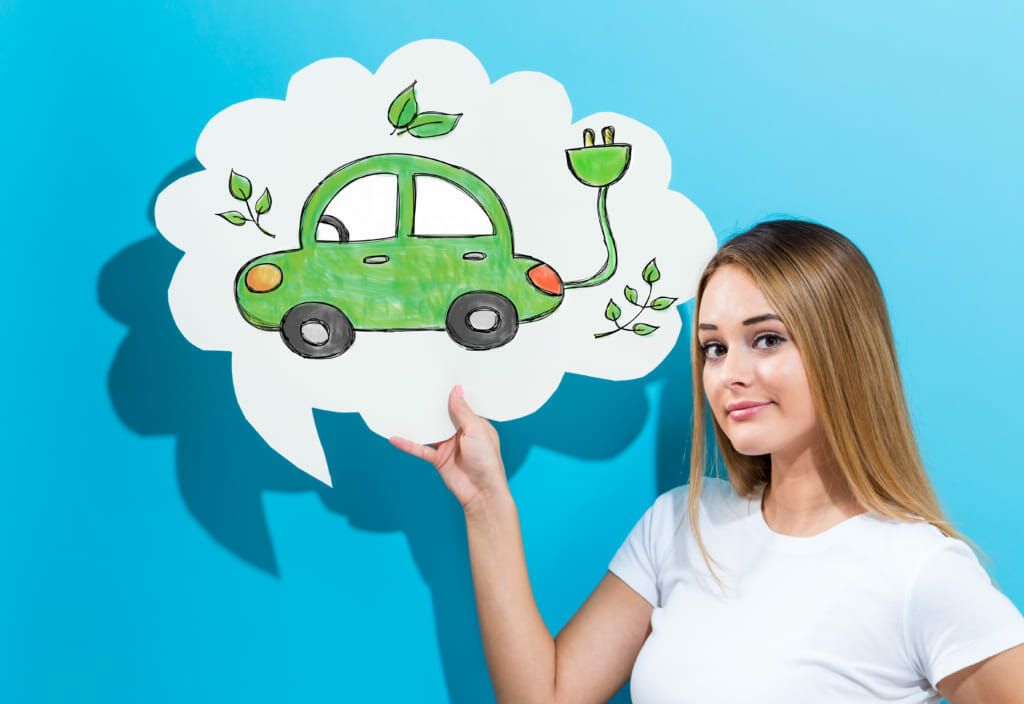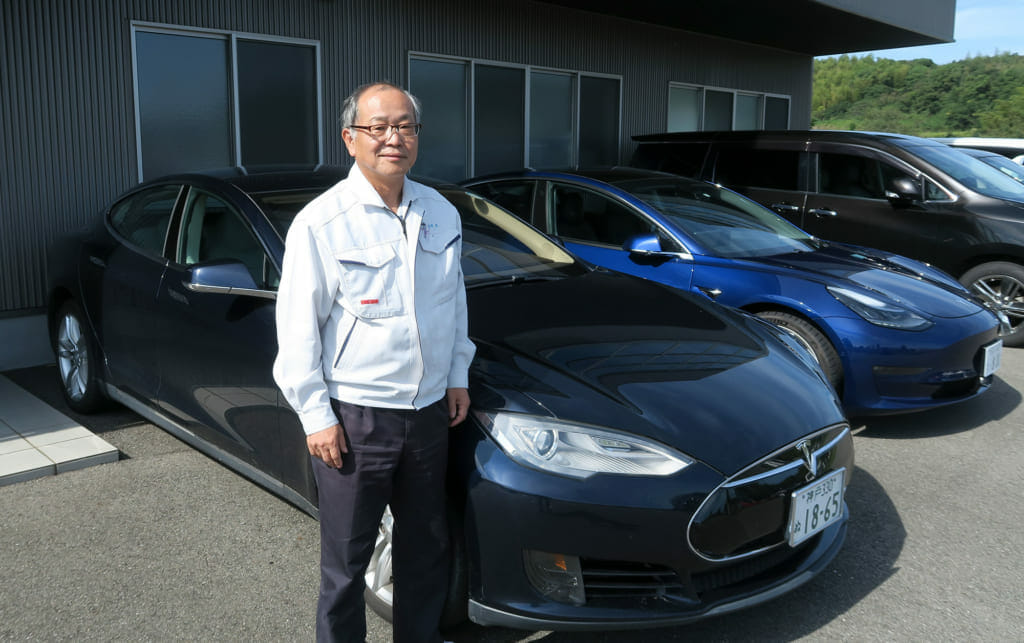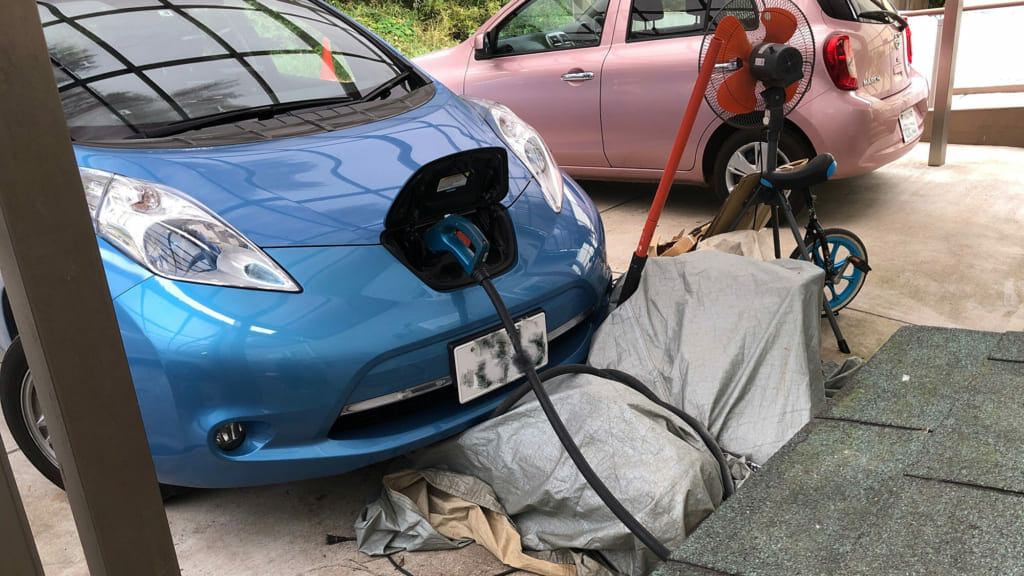English Content– category –
EVsmart provides Electric Vehicle news and content mostly in Japanese, but select content are also available in English.
-

Tesla announces first Megapack facility in north Japan
Tesla Motors Japan LLC announced that Megapack will be introduced to an energy storage facility in Hokkaido, Japan. The announcement on 19th of August 2021 claimed the facility has an output of 1523.8kW (capacity 6052.2kWh) and is schedu... -

Restricted power issues for Porsche Taycan at EV race series JEVRA
The Porsche Taycan’s appearance at the JEVRA (Japan Electric Vehicle Race Association) series on 8th August was eagerly anticipated. However, its suspicious absence from the later stages of the series highlighted issues with its restrict... -

Nidec Corporation’s business plan predicts EV dominance by 2025
Kyoto-based Nidec Corporation is a major supplier of electric motors to various industries, including a 80% global market share in hard disk drive (HDD) motors. In a recent announcement in April this year, they revealed an ambitious plan... -

HW ELECTRO releases ELEMO, Japan’s first small commercial EV from a startup company
Japan’s first small commercial EV from a start up company was registered by its manufacturer HW ELECTRO. I joined their CEO, Hsiao Weicheng, at the registration office to learn about the car and find out if registration went smoothly. Or... -

Four Japanese legacy automakers invest in joint venture “e-Mobility Power”
On April 5th, 2021, eMP (e-Mobility Power) announced that it had acquired 15 billion yen (137 million USD) through third-party allocation. The companies invested in this new joint venture include Toyota, Nissan, Honda and Mitsubishi. Ori... -

Tesla drops the Model 3 price by up to 14k USD in Japan
The price of a Tesla Model 3 has been significantly reduced, with both the Standard Range Plus (SR+) and Long Range (LR) models under 5 million yen ($47009) for the first time. Original post; '【速報】日本仕様テスラ『モデル3』がアップデ... -

The new Nissan ARIYA: an exclusive interview with Nissan Chief engineer Hikaru Nakajima
The EV ARIYA, Nissan’s new crossover Electric vehicle, was announced on the 15th of July. Besides a base price of 5 million yen ($47,000), there are few details available to the public, and deliveries will not start until the middle of 2... -

Do EVs release more emissions than ICE vehicles across their lifespan? – I examine the‘Well To Wheel’ analysis by Mazda
A ‘Well To Wheel’ (WtW) analysis allows us to compare the environmental impact of different vehicles. In short, it considers the total energy cost of a car, from digging oil in a well, to the manufacture of the vehicle, to the vehicle be... -

How realistic is it to commercialize all-solid-state batteries for the EV market?
At the Tokyo Motor Show in 2017, Toyota announced that they would commericalize all-solid-state battery technology for EVs by early 2020s. Since then, all-solid-state batteries have been considered a crucial component in the evolution of... -

V2H protects lives from power outage following Typhoon Faxai
by Tomomi Hakomori The devastation caused by typhoon Faxai in Chiba last month revealed Japan’s vulnerability in the midst of a changing climate. Whilst national and local governments struggled to provide sufficient aid, some peop...

